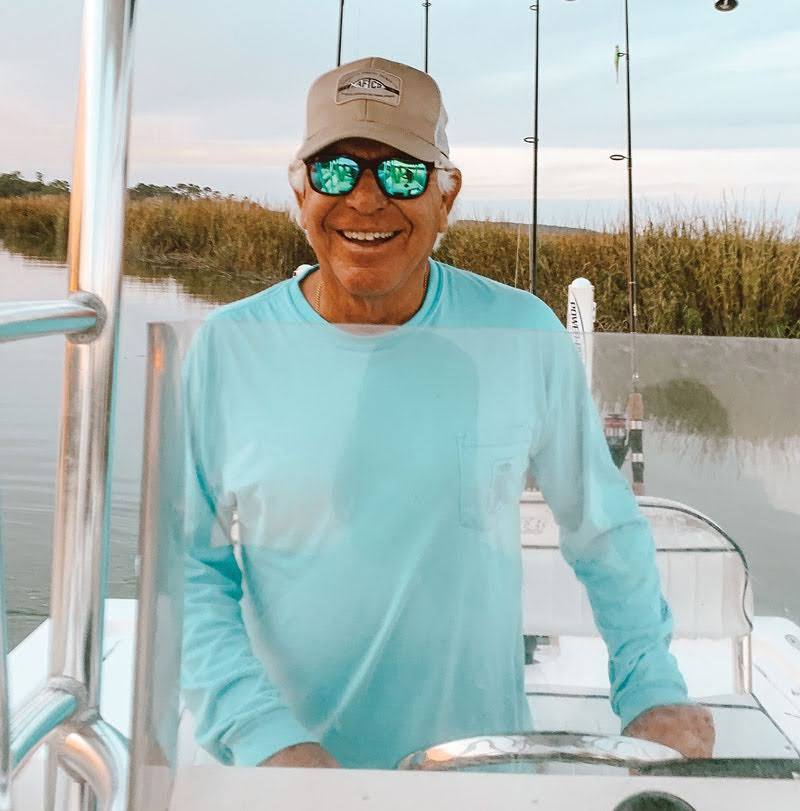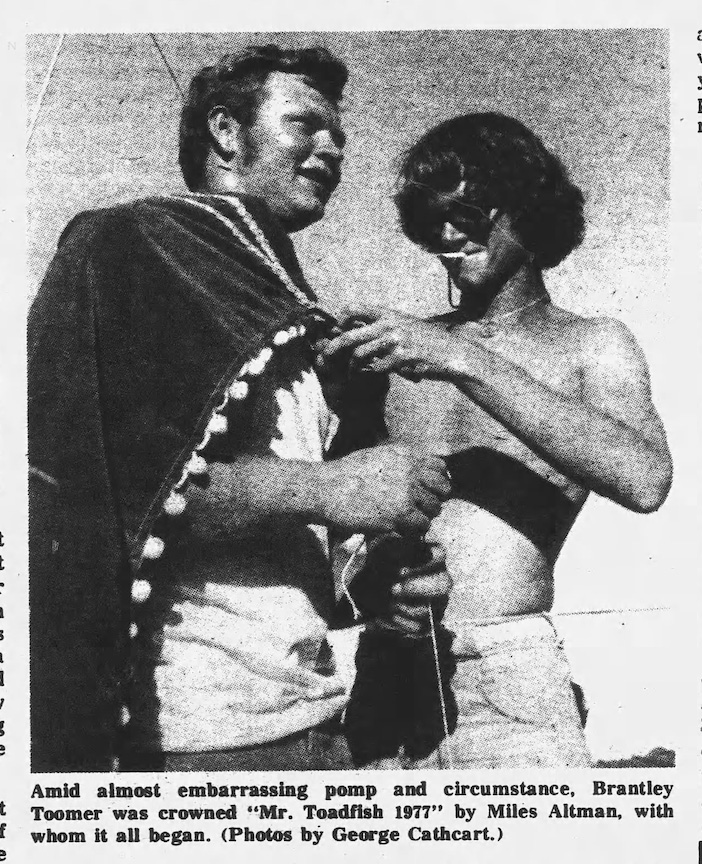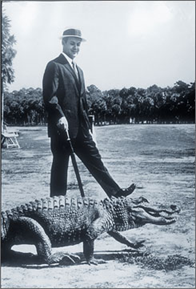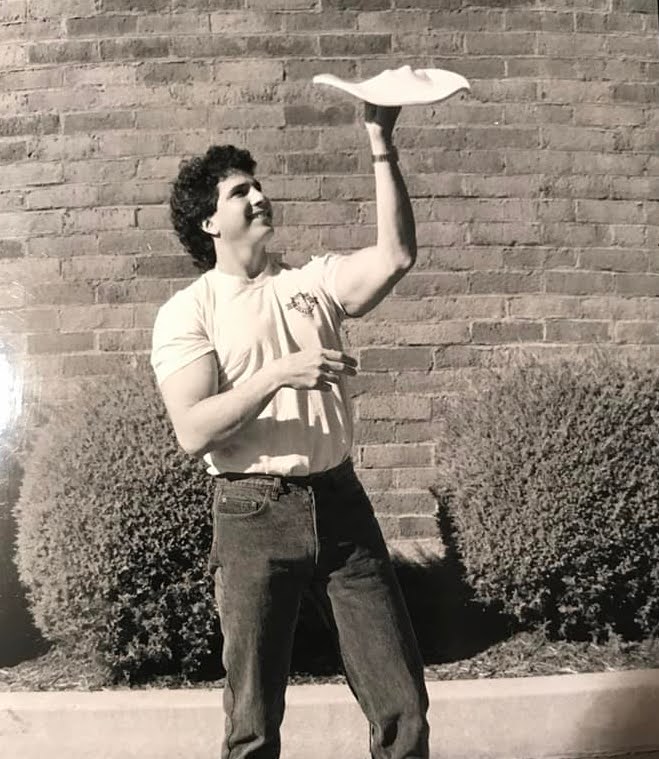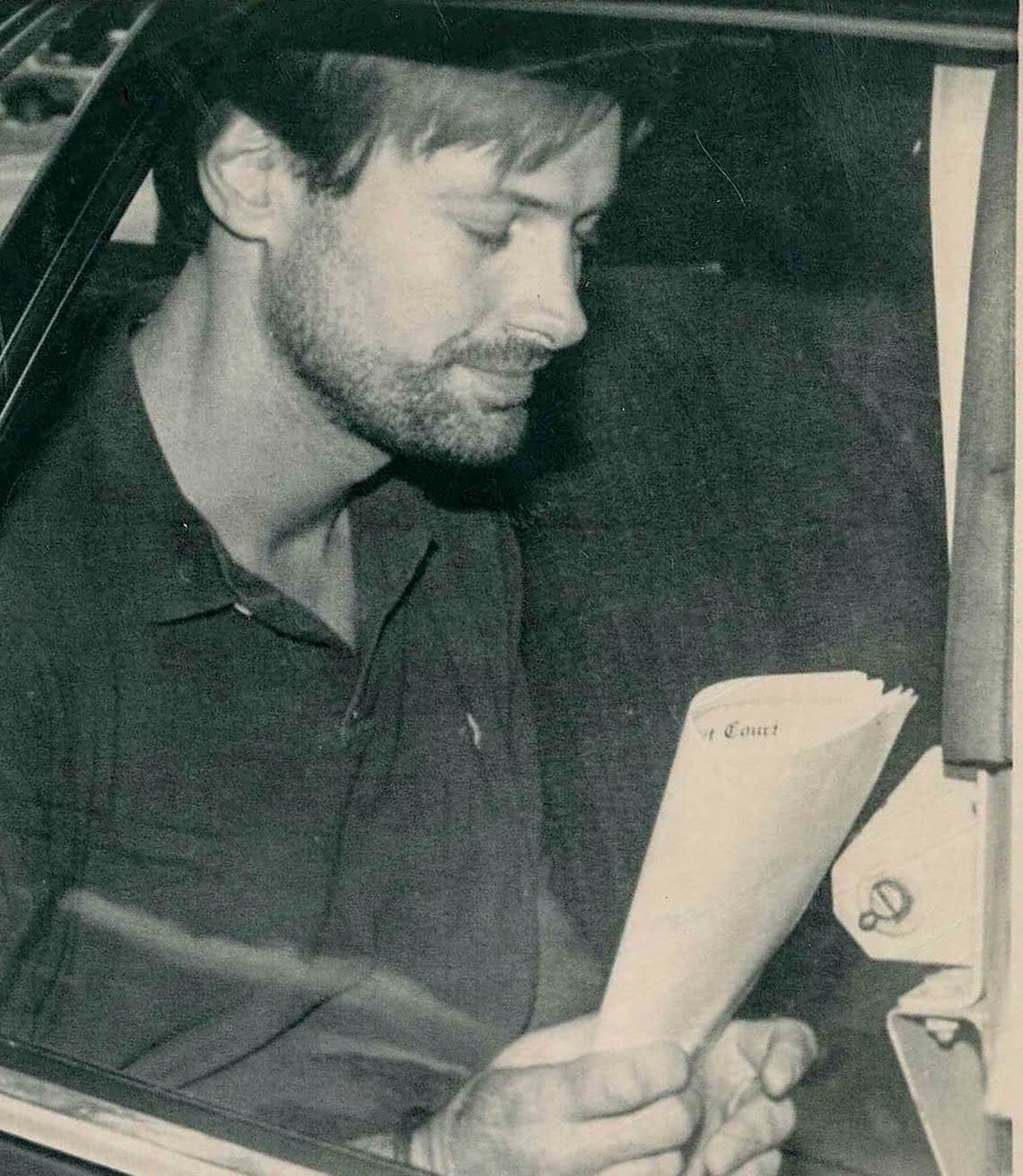Local Legends of Hilton Head Island
Check Out The People, Places & Events That Made The Island What It Is Today!
Click or tap each image to learn about these Legends!
Captain Fuzzy- Fishing Legend
Captain Fuzzy Davis is a true Hilton Head Island legend — a master fisherman, storyteller, and beloved figure on the Lowcountry waters. With over 40 years of guiding under his belt, he’s known for holding the South Carolina state tarpon record since 1986, mentoring generations of anglers, and sharing his unmatched knowledge of the tides, tackle, and tarpon. Whether he’s leading a charter, starring in a fishing mag, or just spinning tales at the dock, Captain Fuzzy embodies the spirit of old-school Hilton Head — salty, savvy, and full of Southern charm.
The legend of the Hilton Head Harbor Toadfish Tournament
The Harbor Toadfish Tournament is one of Hilton Head Island’s most beloved and quirky local traditions. Held annually, this catch-and-release inshore fishing tournament celebrates not just the thrill of the sport, but the character of the island itself. While most fishing contests chase after trophy reds or sea bass, this one proudly includes the humble toadfish—adding a dose of fun and local flair. With over $15,000 in prizes and a community-driven vibe, the tournament draws everyone from seasoned captains to first-time anglers. But it’s more than just a day on the water: proceeds go directly toward coastal cleanup and oyster-bed restoration efforts, reinforcing the island’s commitment to conservation. With live leaderboards, a spirited awards dinner, and stories swapped dockside, the Toadfish Tournament has become a legendary celebration of Hilton Head’s love for fishing, its waters, and the people who call it home.
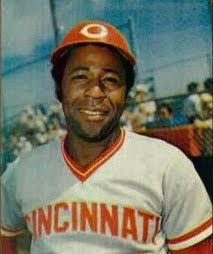
Danny Driessen- Island Big Hitter
Dan “Danny” Driessen, born on July 29, 1951, right here on Hilton Head Island, SC, is a hometown hero whose story reads more like a feel-good movie montage than a typical baseball bio. Raised in a large family in a humble, segregated community—his father died when Dan was six—he skipped formal high school baseball because local schools couldn’t field a team . Instead, he honed his skills playing semi pro ball with local squads like the Hilton Head Island Blue Jays and Hardeeville Boll Weevils, eventually catching the eye of professional scouts. Signed as an amateur in 1969, Driessen rose swiftly through the minors to debut with the Cincinnati Reds in 1973—and later became the first-ever designated hitter in National League history during the 1976 World Series. A versatile left handed hitter dubbed “The Cobra,” he helped anchor the Big Red Machine, winning back-to-back World Series titles in 1975 and 1976. After a successful 15-year MLB career—153 homers, 763 RBIs, and a stellar .995 fielding percentage—he returned to Hilton Head, where he runs an excavating business and coaches high school baseball, proving that local roots and a big-league heart can make one of the island’s greatest legends
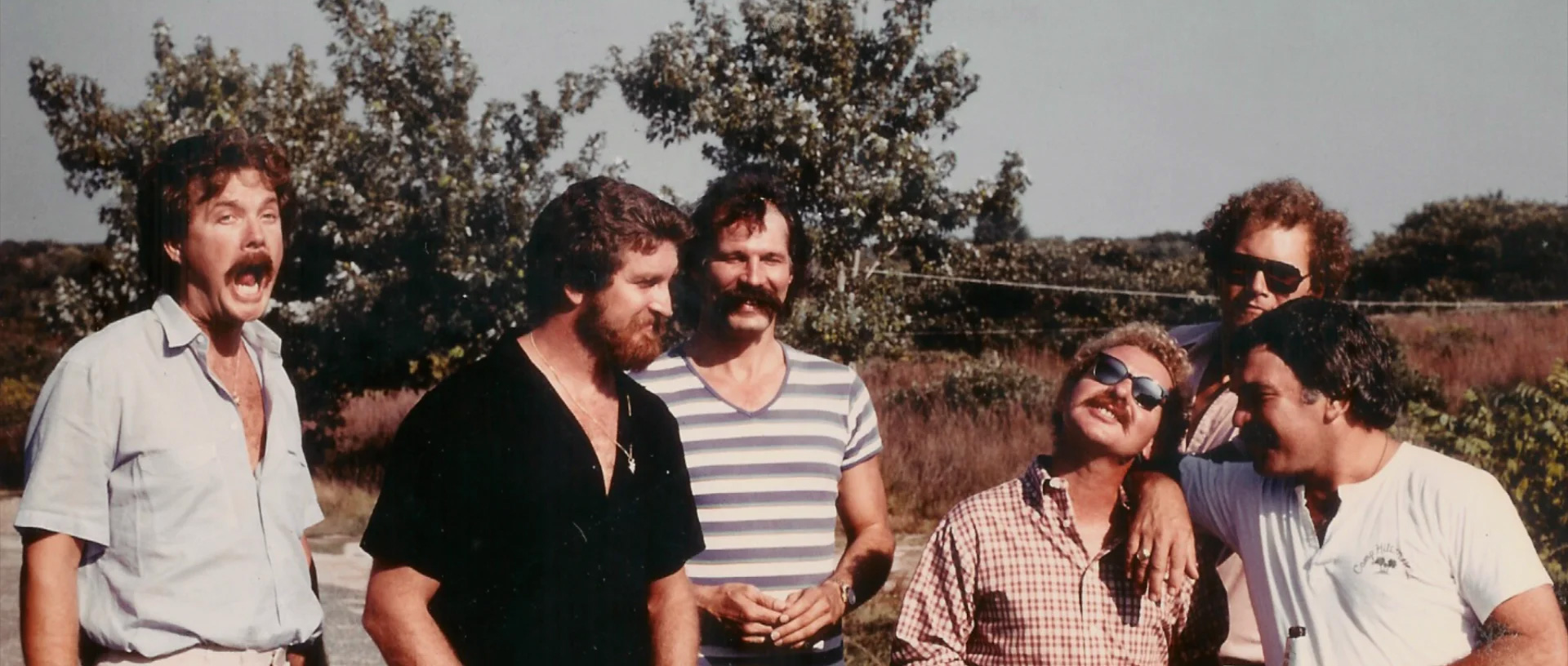
The Gentlemen Smugglers
You don’t have to play high school football to know Coach Ron. He’s been showing up for 30 years — not just to teach the game, but to drive kids home, write college rec letters, or check in when someone’s having a rough year. Some say he’s coached more life than sport. Either way, the man’s a legend — and probably still wears a whistle to bed.
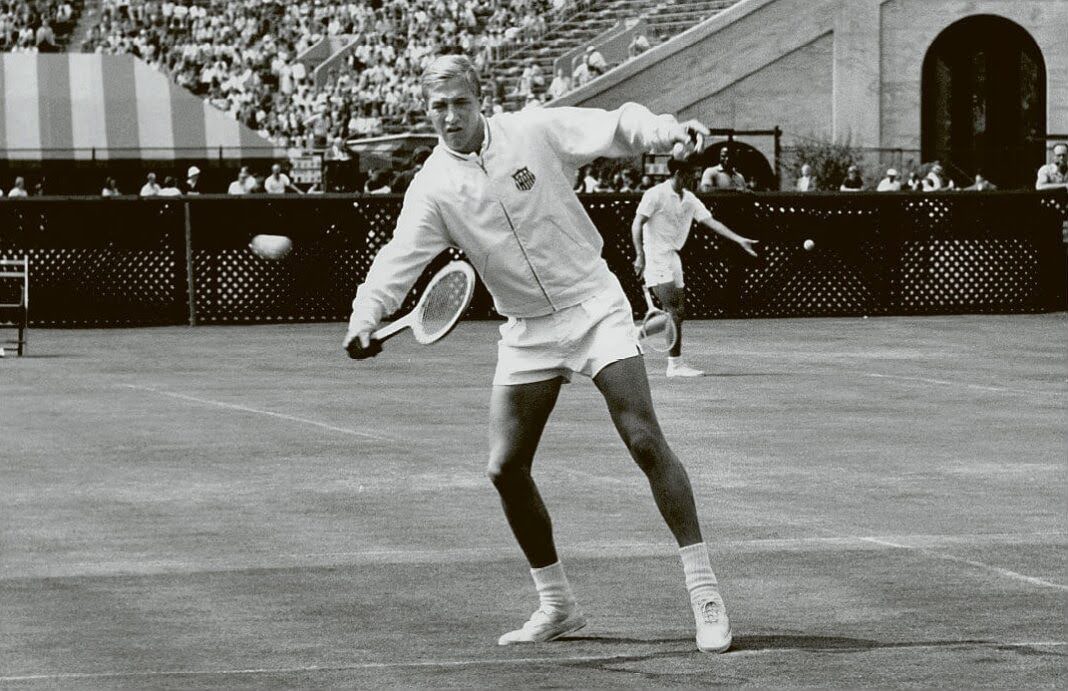
Stan Smith- More that just Shoes
Stan Smith is a bona fide local legend of Hilton Head Island, SC. A former world #1 in men’s tennis and two-time major singles champion (US Open 1971, Wimbledon 1972), Smith swapped Southern California for Sea Pines Resort back in April 1971—and never looked back .
Sir Stan quickly became the island’s tennis ambassador. Under his leadership, Sea Pines expanded from just eight courts to more than 30, paving the way for the internationally televised Family Circle Cup, which thrived for nearly three decades. Off-court, he helped grow the tennis community through the Smith Stearns Academy, mentoring juniors, guiding college hopefuls, and giving countless clinics—making tennis as local as Lowcountry shrimp boils.
Beyond the baseline, Smith also became a fixture at other island icons. He’s served as a trustee of the RBC Heritage golf tournament and was frequently spotted wearing the Heritage tartan jacket on Championship Sunday. And yes—the iconic white Adidas sneakers with his name? Stan didn’t just lend them his face—he helped elevate it into a streetwear staple while continuing to train, teach, and shape athletic life on Hilton Head.
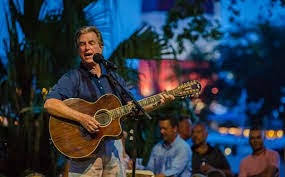
Gregg Russell- An Island Musician Tradition
Gregg Russell is a beloved Hilton Head Island legend—a guitarist, singer, and storyteller who’s been enchanting families under the iconic Liberty Oak in Harbour Town since 1977 . His free, interactive concerts are summer staples (plus spring and holiday specials), featuring sing-alongs, jokes, kid quizzes, and that signature playful energy.
He wasn’t always an island icon—Gregg started as a street musician at Disney World before being invited here, under a centuries-old oak, to share his music. That chance performance blossomed into a decades-long tradition now featured in a 2024 documentary and a regular event series every spring, summer, Thanksgiving, and Christmas.
Gregg Russell isn’t just entertainment—he’s a rite of passage for Hilton Head families. He connects generations—kids who sat at his feet decades ago now bring their own children to his shows. Through his music and warmth, he’s helped define the island’s welcoming, family-first spirit. His legacy is woven into Hilton Head’s cultural fabric as sturdily and tenderly as the Liberty Oak itself.

Tybee H- Bomb- Lost At Sea
In the early hours of February 5, 1958, a U.S. Air Force B‑47 bomber collided mid-air with an F‑86 fighter during a training mission over Georgia. The B‑47 was carrying a 7,600‑pound Mark 15 hydrogen bomb. To avert disaster, the crew jettisoned it into the shallow waters of Wassaw Sound, near Tybee Island, before landing safely.
Despite a thorough six‑week search by the Air Force and Navy, the bomb was never recovered; it remains buried under silt, according to later surveys The Air Force maintains the nuclear capsule was removed before flight—meaning it cannot detonate nuclear-style—but later documents and expert testimony raised doubts about that claim.
Over the years, the “Tybee Bomb” has entered regional legend—imagine pub trivia, t‑shirts, ghost tours, and locals tracking radiation readings just offshore It’s a chilling but enthralling piece of Lowcountry folklore: a missing H-bomb, half-forgotten by officialdom, and completely embedded in coastal community storytelling.
This “lost bomb” blends government intrigue with coastal mystery—perfect storm material for rumors, conspiracy theories, and local ghost stories. For folks in Hilton Head and beyond, it’s a real-life Cold War bombshell buried in nearby waters, giving a whole new meaning to “hidden treasure” in the coastal South.
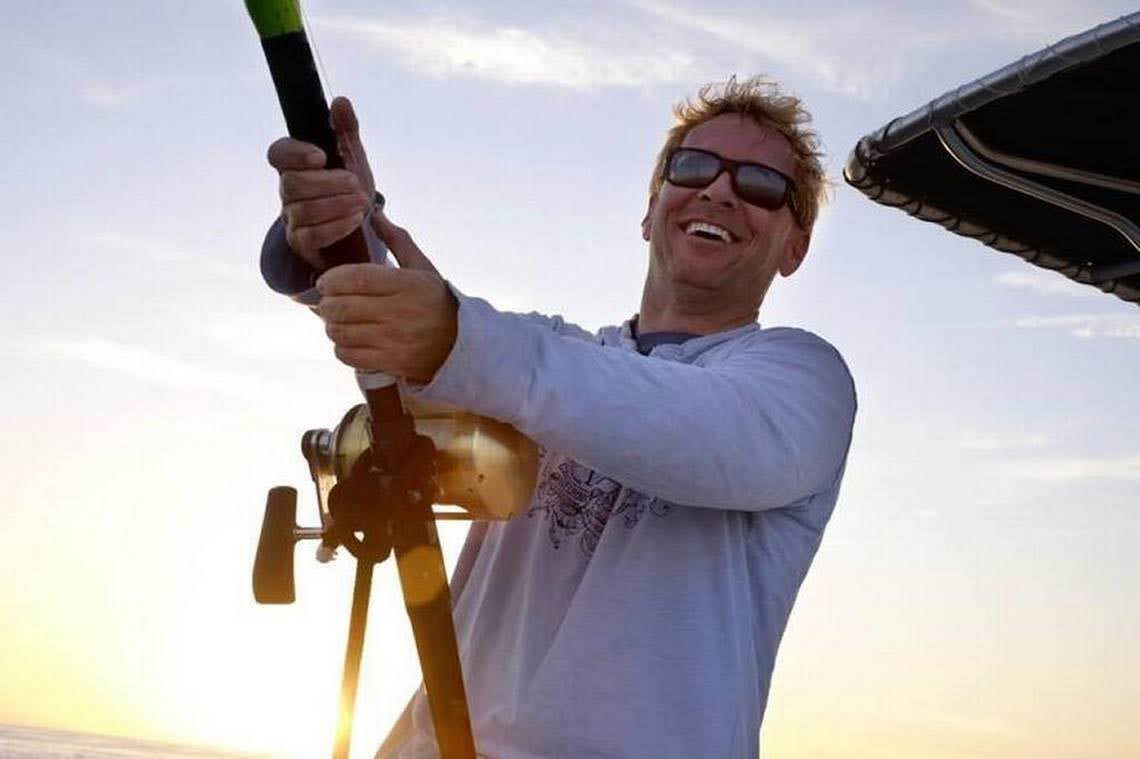
Chip Michalove- The Great White Shark Whisperer
Chip Michalove, aka Hilton Head’s own “Shark Whisperer,” has become a legendary figure in our coastal community. After moving from Kentucky in 1989, he launched Outcast Sport Fishing, turning childhood fascination into a career centered on tagging and conserving sharks in Lowcountry waters .
Over decades at sea, Chip has tagged dozens of great white sharks, including a record‑breaking 16 ft female that triggered waves of national attention and documented migration patterns—some sharks even journeying from Mexico to Nova Scotia. He’s also held the record for the most great whites tagged on rod and reel in the Atlantic, capturing four in a single epic outing.
But Chip’s legend goes deeper than personal records. He collaborates with the Atlantic White Shark Conservancy, providing vital data for migratory research and public safety tools like the Sharktivity app. And when one of his tagged sharks was named “Charli” in memory of a local girl, it brought a wave of communal healing and connection.
Chip Michalove isn’t just fishing—he’s forging a living legacy. He’s elevated Hilton Head from a coastal getaway to a global hub for shark science and conservation, fusing sea‑born spectacle with heartfelt community spirit.
Charles Fraser- Founder of Hilton Head
Charles E. Fraser (1929–2002) is revered as the visionary developer who transformed Hilton Head Island from a sleepy barrier into one of the world’s most beautiful resort destinations. Born in Georgia and a Yale Law graduate, Fraser believed you could have development and respect for nature. He founded the Sea Pines Company in 1957 and opened the original Ocean Course by 1960, later adding Harbour Town, its iconic red-and-white lighthouse, and masterfully winding bike paths, golf courses, and homes designed to blend into the landscape—not dominate it .
Fraser pioneered “green” development long before it was trendy: homes nestled among trees, strict building covenants, conservation easements, and even relocating buildings and boring around old oaks to preserve them—earning him statues, bridges, and a final resting spot next to the “Liberty Oak”. His Sea Pines model was hailed nationally and spawned imitators across the Southeast.
Though complex—some eyebrowed the environmental trade-offs of dredging harbors and building golf courses—Fraser redefined resort planning. His Sea Pines legacy steered Hilton Head’s identity toward stylish sustainability, and his reputation as a dashing leader (famous for walking an alligator on a leash during a PR stunt!) sealed his status as a larger-than-life local legend
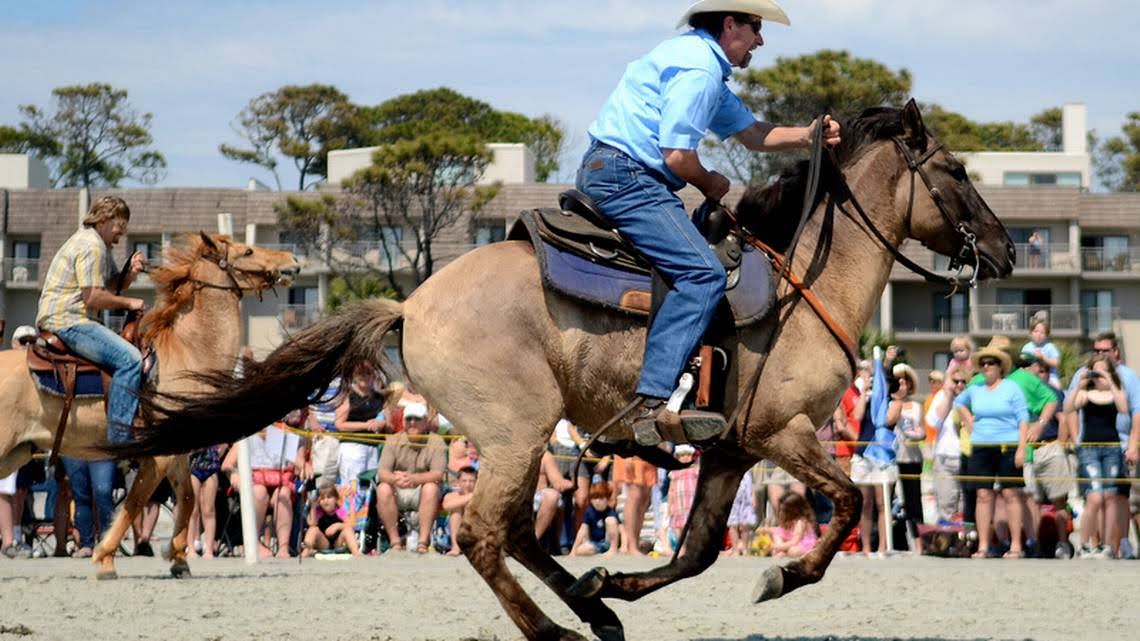
Marsh Tacky Races
The Marsh Tacky Races are a legendary slice of Lowcountry heritage—and Hilton Head Island once stood at the heart of it all. Marsh Tackies are a rare breed of small, sturdy horses descended from Spanish Colonial stock. For centuries, they were the workhorses of the Sea Islands, used by Gullah families for farming, hauling, and even hunting. But once a year, these rugged ponies became racers, thundering down the hard-packed sands of Hilton Head beaches in a spirited, grassroots showdown.
The races, often held on Coligny Beach or Mitchelville, weren’t flashy—no grandstands or fancy hats—but they were pure Southern culture. Locals would gather by the hundreds, cheering on their neighbors and celebrating the heritage of a horse that was nearly forgotten. The event faded for a time, but recent efforts by the Carolina Marsh Tacky Association have brought new life to the breed and its story.
The Marsh Tacky Races captured the soul of old Hilton Head—gritty, community-driven, and tied to the land (and sand). They honored the Gullah-Geechee legacy, showcased rare Carolina history, and reminded the island that legends don’t need big crowds or spotlights—just heart, heritage, and a few sandy hoofprints.
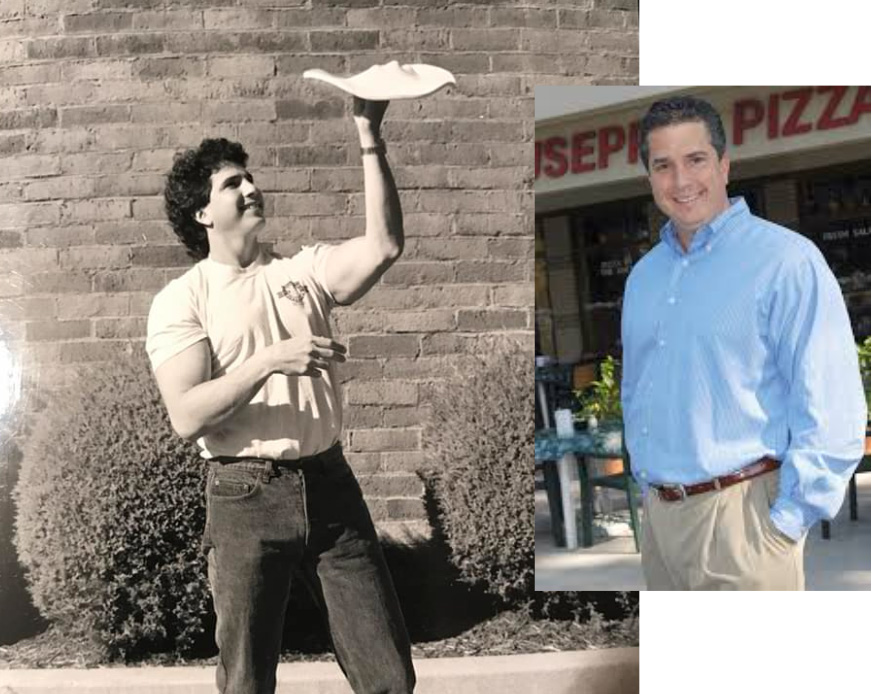
Steve Carb- Island Hospitality Legend
Steve Carb (1958–2022) was the co-founder and guiding spirit behind the SERG Restaurant Group, which includes beloved island spots like Giuseppi’s, Frankie Bones, Skull Creek Boathouse, Charbar, One Hot Mama’s BBQ, and more Arriving on Hilton Head in 1982 with a dream of sunny skies and perfect pizza, he turned that vision into a culinary empire—becoming the area’s largest hospitality employer with over 1,300 staff and 19 venues.
Steve wasn’t just a businessman—he was a people person in the truest sense. Known for his generosity, mentorship, and community-first mentality, he championed talent, sharing opportunities (and ownership) with bartenders, servers, and chefs, and supporting local nonprofits and hurricane relief when it counted . Above all, he lived by his motto: “Dream big. Work hard. Stay humble.”
A tinkerer and innovator at heart, Steve even invented “Throw Dough” in 1991—a synthetic pizza-dough training tool that became a global staple among pizzaiolos. And while he embraced technology, he never abandoned his trusty yellow legal pads—always jotting ideas and inspiration wherever he went.
Steve Carb didn’t just build restaurants—he built community. He created thriving careers, nurturing leaders within his team; he celebrated local culture through food and philanthropy; and he embodied the island’s spirit of hospitality, humility, and heartfelt generosity. His imprint on Hilton Head is as savory and essential as the flavors he shared.
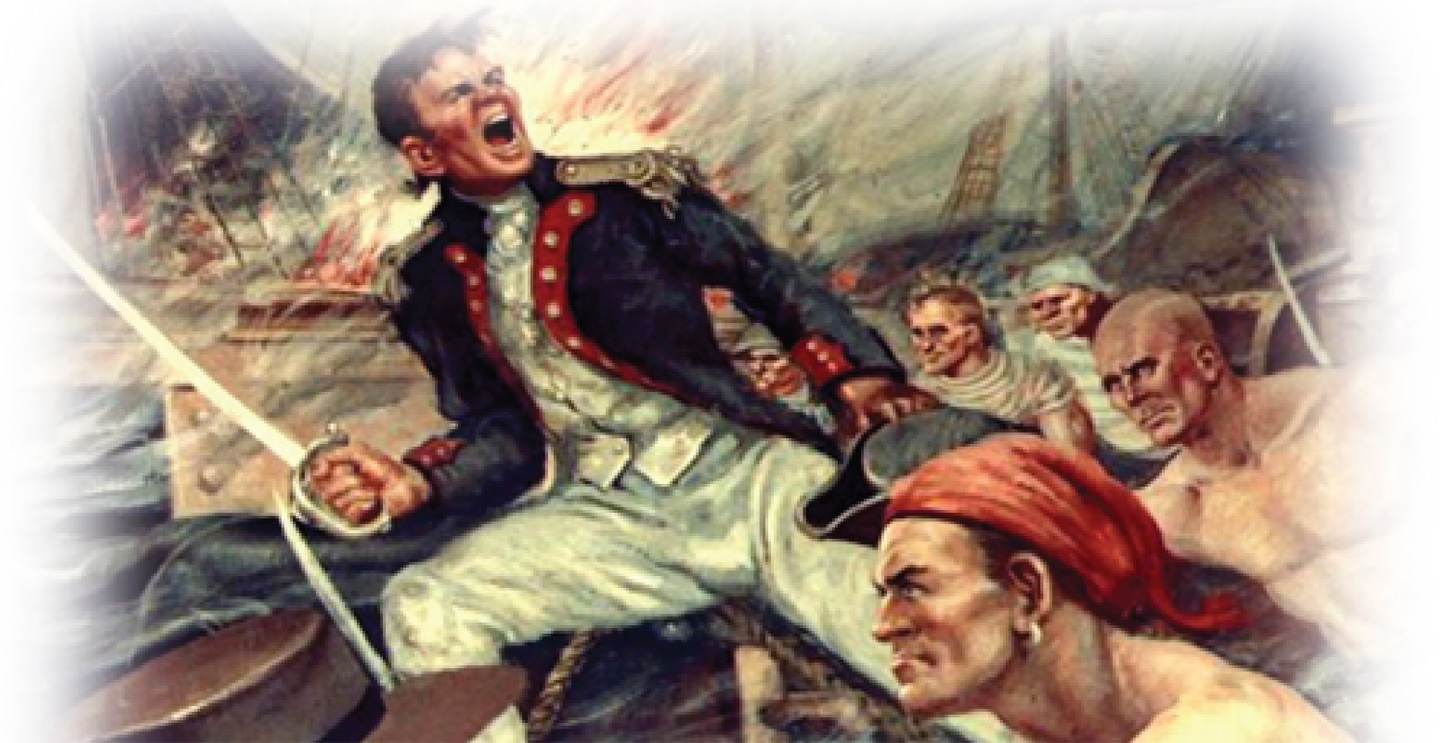
Captain Jack Stoney- “Saucy Jack”
Captain “Jack” Stoney—better known as “Saucy Jack”—was a true revolutionary-era Lowcountry legend. Arriving from Ireland in 1774 aboard his ship Saucy Jack, he soon swapped merchant trade for privateering, capturing enemy vessels during the Revolutionary War and amassing enough wealth to purchase more than 800 acres along Broad Creek on Hilton Head Island .
By the 1790s, he had built Otterburn and the only full tabby mansion (a unique shell-based masonry) on Hilton Head near Braddock’s Point. His grand home, later known as Stoney‑Baynard Plantation, remains a haunting ruin today and is listed on the National Register of Historic Places.
A committed Patriot, Stoney served in the Beaufort District militia and even outfitted his ship to serve as a South Carolina Navy vessel. He continued privateering through the War of 1812 and later spent his days fishing and hunting with friends, building both wealth and legend. His life ended tragically in 1821 during a hunting accident, when his loaded musket discharged, ending the story of an early island powerhouse .
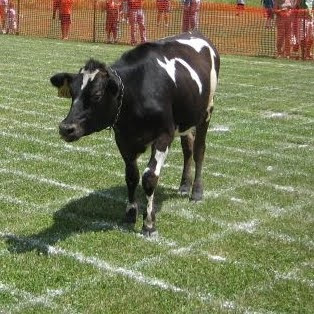
Hilton Head High’s Cow Patty Bingo
In the early 1990s, Hilton Head High School launched an annual Cow Patty Bingo fundraiser featuring a friendly cow—affectionately named Miss Earline—set loose on a marked grid. Locals and students would buy squares (around $20 each), place their bets, and wait for a patty to land in their section. When Miss Earline finally made her contribution, the owner of that square won fun prizes and bragging rights
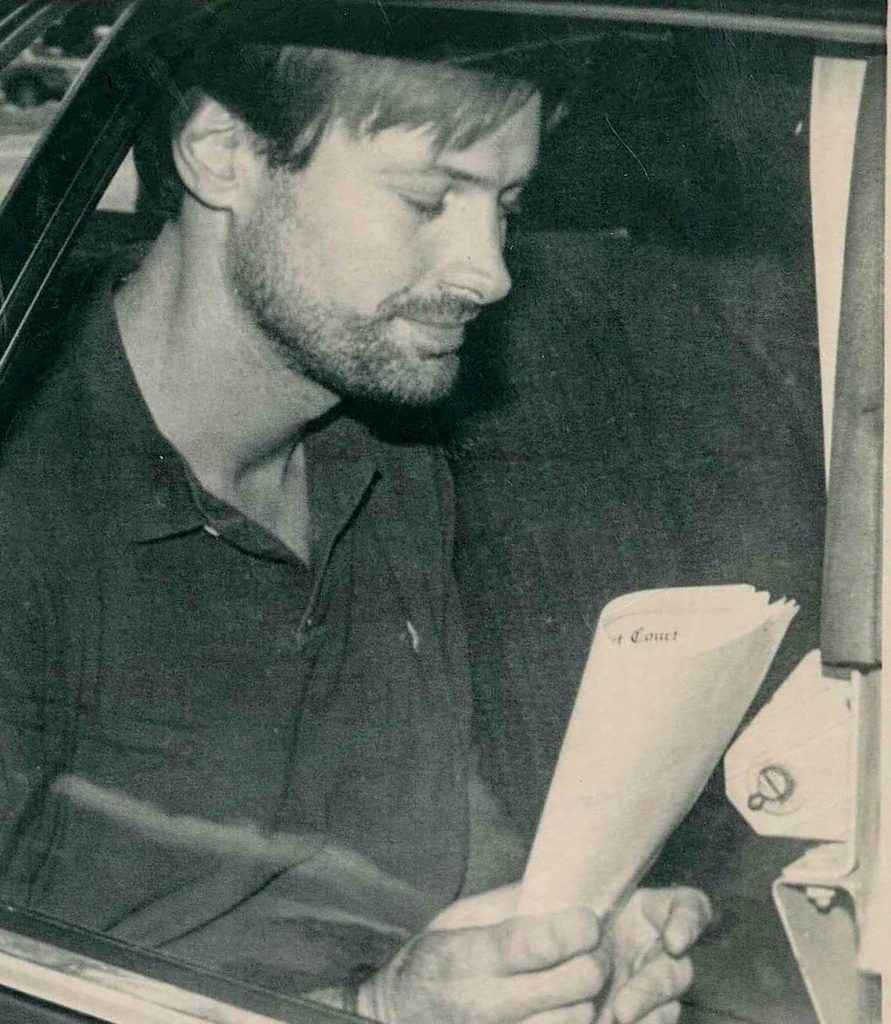
Drew “Gentleman Bandit” Dobson — Hilton Head’s Suave Outlaw
In the late 1980s, Drew Dobson, a teacher’s aide from Hilton Head, shocked locals by robbing five banks across three states, hauling in nearly half a million dollars before his arrest. What set him apart wasn’t just the crime—it was his style: Dobson consistently showed up in impeccable suits and Gucci shoes, maintaining polite manners even during the heists. That blend of high-fashion charm and serious crime earned him the nickname “Gentleman Bandit.”
Despite the severity of his crimes, his calm demeanor during robberies fascinated the public—painting him less as a desperate criminal and more like a vintage film antihero. His slick “bandit” image made him a notorious figure in local news, and his eventual capture and sentencing (78 years, later reduced with parole) only deepened his lore.


